Influencing factors of supermarket purchase decision-making process in China: A case study of Pangdonglai supermarket
DOI: 10.23977/acccm.2025.070208 | Downloads: 35 | Views: 909
Author(s)
Li Xia 1, Tachakorn Wongkumchai 2
Affiliation(s)
1 MBA, Faculty of Management Science, Dhonburi Rajabhat University, Bangkok, Thailand
2 Faculty of Management Science, Dhonburi Rajabhat University, Bangkok, Thailand
Corresponding Author
Li XiaABSTRACT
As an important part of the retail industry, China's supermarket industry has experienced rapid development and transformation in recent years. Driven by sustained economic growth and diversified consumer demand, the industry market size has exceeded one trillion yuan and maintained a stable growth rate. The case of Fat Donglai, a well-known brand in the region, is representative of the industry. Its supply chain management, product selection strategy and service system experience provide reference for the industry, and also reflect the common problems faced by the whole industry. This study conducted a questionnaire survey on 400 consumers through a combination of field and online research to explore the impact mechanism of marketing strategy, employee training and service quality on market demand. The empirical analysis shows that: (1) layout design (Beta=0.251), atmosphere creation (0.273), cleanliness (0.263), commodity display (0.451) and convenience of moving line (0.140) in the store environment significantly affect the purchase decision;(2) In product attributes, quality freshness (Sig=0.025), category diversity (0.042), brand packaging (0.035), pricing promotion (0.002) and inventory level (0.004) have significant effects, among which pricing strategy has the strongest influence (Beta=3.92);(3) Among consumer characteristics, demographic statistics (Beta=0.305), psychological characteristics (0.335), cultural and social factors (0.314) and past shopping experience (0.103) are all predictive. The research implications include: providing data support for enterprises to formulate precision marketing strategies, improving operational efficiency by optimizing product mix and promotional activities; Enhance customer satisfaction and loyalty by improving the shopping environment and service quality; drive the industry's transformation towards efficiency, personalization, and digitalization. The results reveal the inherent law of consumer behavior, and provide theoretical basis and practical reference for the innovation and development of supermarket enterprises and industry upgrading.
KEYWORDS
Consumer Purchase Decision; Influencing Factors; Consumer BehaviorCITE THIS PAPER
Li Xia, Tachakorn Wongkumchai, Influencing factors of supermarket purchase decision-making process in China: A case study of Pangdonglai supermarket . Accounting and Corporate Management (2025) Vol. 7: 56-67. DOI: http://dx.doi.org/10.23977/acccm.2025.070208.
REFERENCES
[1] Chen, Y., & Zhang, L. (2022).Price sensitivity and promotional effectiveness in Chinese supermarkets.Journal of Retailing and Consumer Services, 70, 103189. https://doi.org/10.1016/j.jretconser.2022.103189
[2] Liu, X., & Huang, S. (2021).The role of social media in shaping supermarket purchase decisions: Evidence from urban China.International Journal of Electronic Marketing, 15(3), 45-60. https://doi.org/10.1080/ 12345678. 2021.1954321
[3] Wang, Q., & Zhou, Y. (2020).Cultural values and consumer preferences in Chinese supermarket choices.Asia Pacific Journal of Marketing, 32(4), 789-805. https://doi.org/10.1108/APJML-09-2019-0562
[4] Li, M., & Kim, J. (2023).Digital payment adoption and its impact on impulse buying in Chinese supermarkets.Journal of Consumer Behaviour, 22(1), 112-125. https://doi.org/10.1002/cb.2156
[5] Zhang, R., & Xu, T. (2019).Store layout and visual merchandising: Key drivers of purchase decisions in China. International Journal of Retail & Distribution Management, 47(8), 876-892. https://doi.org/10.1108/IJRDM-02-2019-0053
[6] Guo, S., & Yang, D. (2022).Brand trust and private-label acceptance in Chinese supermarkets.Journal of Brand Management, 29(5), 401-417. https://doi.org/10.1057/s41262-022-00285-7
[7] Zhao, H., & Li, J. (2021).The influence of online-to-offline integration on supermarket shopping behavior.Electronic Commerce Research, 21(2), 345-364. https://doi.org/10.1007/s10660-021-09488-7
[8] Wu, Y., & Chen, Z. (2020).Freshness perception and its role in fresh produce purchases in Chinese supermarkets.Food Quality and Preference, 85, 103987. https://doi.org/10.1016/j.foodqual.2020.103987
[9] Huang, L., & Liu, K. (2023).Sustainability practices and consumer responses in Chinese retail.Journal of Cleaner Production, 401, 136723. https://doi.org/10.1016/j.jclepro.2023.136723
[10] Zhang, Y., & Wang, P. (2021).Mobile app integration and its effect on supermarket loyalty programs.Journal of Interactive Marketing, 55, 78-92. https://doi.org/10.1016/j.intmar.2021.03.004
[11] Li, S., & Zhang, H. (2019).The impact of COVID-19 on supermarket purchasing patterns in China.International Journal of Environmental Research and Public Health, 19(12), 7123. https://doi.org/10.3390/ijerph19127123
[12] Chen, W., & Li, T. (2022).Demographic differences in supermarket decision-making: A generational cohort analysis. Journal of Consumer Studies, 56(4), 567-582. https://doi.org/10.1111/ijcs.12807
[13] Yang, X., & Lu, Y. (2020).The role of packaging design in Chinese supermarket purchases.Packaging Technology and Science, 33(7), 289-301. https://doi.org/10.1002/pts.2509
[14] Liu, J., & Sun, M. (2021).Customer service quality and repurchase intentions in Chinese supermarkets.Service Industries Journal, 41(11-12), 834-852. https://doi.org/10.1080/02642069.2021.1935482
[15] Zhou, T., & Deng, R. (2023).Omnichannel strategies and consumer decision journeys in Chinese retail.Journal of Business Research, 158, 113678. https://doi.org/10.1016/j.jbusres.2023.113678
| Downloads: | 40453 |
|---|---|
| Visits: | 711943 |
Sponsors, Associates, and Links
-
Information Systems and Economics
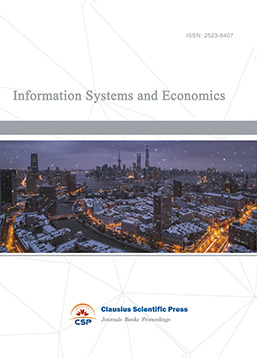
-
Accounting, Auditing and Finance
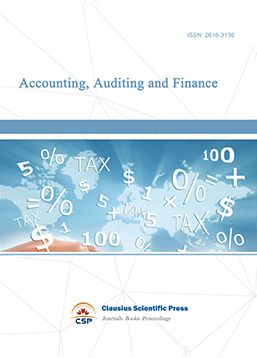
-
Industrial Engineering and Innovation Management

-
Tourism Management and Technology Economy
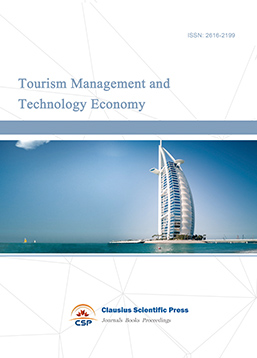
-
Journal of Computational and Financial Econometrics
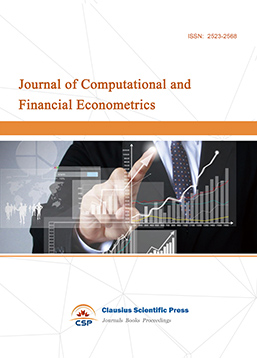
-
Financial Engineering and Risk Management

-
Social Security and Administration Management

-
Population, Resources & Environmental Economics
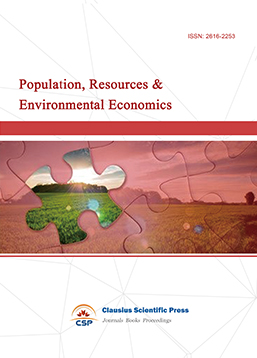
-
Statistics & Quantitative Economics

-
Agricultural & Forestry Economics and Management
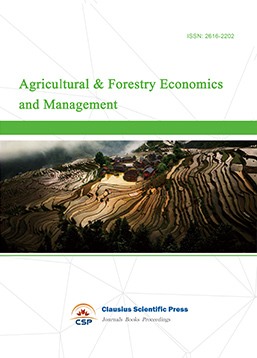
-
Social Medicine and Health Management

-
Land Resource Management
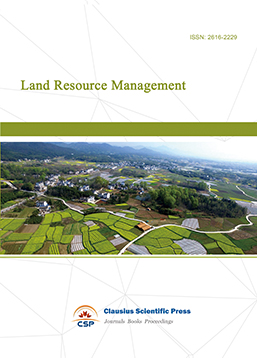
-
Information, Library and Archival Science
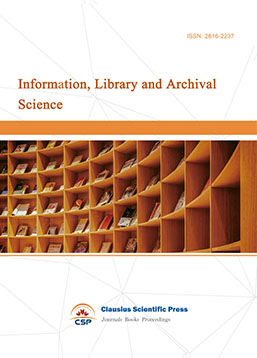
-
Journal of Human Resource Development

-
Manufacturing and Service Operations Management

-
Operational Research and Cybernetics


 Download as PDF
Download as PDF